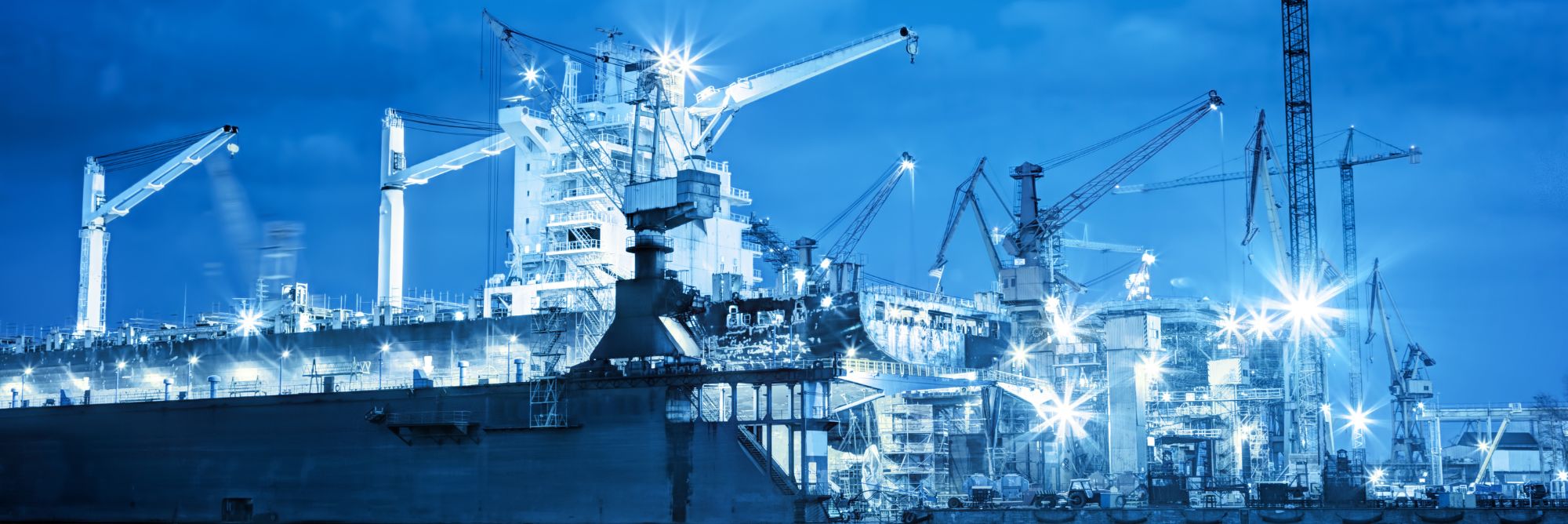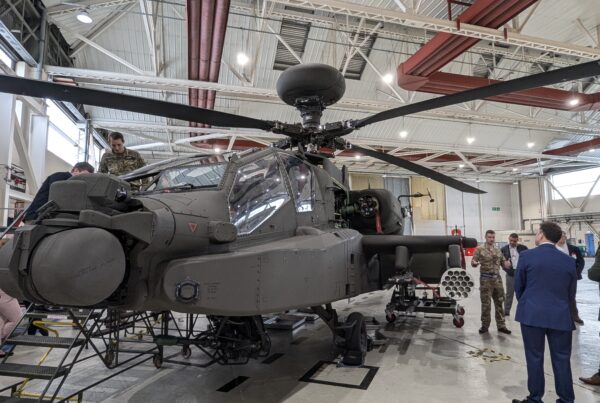In the dynamic landscape of the maritime industry, technological advancements continually reshape the way ships are designed, operated, and maintained. One such ground-breaking innovation that has gained momentum in recent years is the concept of digital twin. As the maritime sector embraces digital transformation, the integration of this technology emerges as a game-changer, offering unprecedented opportunities for efficiency, safety, and sustainability.
Understanding Digital Twin in Maritime
In the maritime industry, the concept of digital twin represents a shift in how ships are designed, built, and managed throughout their lifecycle. Imagine having an exact, dynamic replica of a vessel that exists in the virtual realm, mirroring every physical aspect and nuance in real-time. This digital counterpart serves as a comprehensive model that goes beyond static blueprints.
A digital twin is a virtual representation of a physical object or system, and in the maritime context, this refers to a comprehensive digital replica of a ship. This twin is not a static 3D model but a dynamic, real-time reflection that synchronises with the physical vessel throughout its lifecycle. The digital twin is fed with data from various sensors, onboard systems, and external sources, creating a holistic and evolving model.
For ship design and operation, digital twin leverages technologies such as the Internet of Things (IoT), Artificial Intelligence (AI), and data analytics. This integration allows for real-time monitoring, predictive analysis, and remote control, transforming traditional maritime practices.
The essence of digital twin lies in their ability to evolve alongside their physical counterparts. From the initial conceptualisation to the ship’s retirement, the digital twin captures changes, updates, and performance data, offering an ever-accurate representation. This dynamic quality empowers everyone from designers to maintenance crews, with a powerful tool to understand monitor and predict every facet of a ship’s existence.
Collaboration is at the heart of the digital twin concept. Architects, engineers, and designers can seamlessly work together in a virtual space, transcending more traditional methods. This collaborative environment allows for real-time feedback, scenario simulations, and iterative improvements, ultimately leading to more efficient and innovative ship designs.
Enhancing Ship Design through Digital Twin
Ship design is a complex and intricate process that demands precision and innovation. Digital twin revolutionises this aspect by providing naval architects and engineers with a powerful tool to optimise designs, streamline processes, and enhance collaboration. The virtual replica allows for thorough simulations, enabling designers to test different scenarios and assess the impact of design changes before physical implementation.
This capability not only accelerates the design phase but also significantly reduces the risk of errors and costly modifications during the construction phase. Shipbuilders can visualise the entire vessel, from hull structure to onboard systems, ensuring that every component is seamlessly integrated for optimal performance.
Digital Twin in Maintenance: Predictive and Proactive
Beyond the design phase, digital twin continues to play a pivotal role in transforming maintenance practices. Traditionally, ship maintenance has been a complex and time-consuming process, often requiring vessels to be taken out of service for inspections and repairs. Digital twin revolutionises this by enabling predictive maintenance.
Through continuous monitoring, engineers can anticipate and address potential issues before they escalate. For instance, sensors embedded in critical components can collect real-time data on wear and tear, allowing for timely interventions and minimising downtime. This proactive approach not only extends the lifespan of the vessel but also reduces maintenance costs significantly.
Revolutionising Ship Performance with Real-Time Monitoring
Digital twin plays a pivotal role in optimising ship performance by providing real-time insights into operational parameters. From engine efficiency to fuel consumption, these virtual replicas enable operators to make informed decisions that enhance overall performance. Real-time monitoring allows for adjustments to be made promptly, ensuring that the vessel operates at peak efficiency and complies with environmental regulations.
The integration of this technology in maritime is reshaping the industry’s landscape, from ship design to daily operations. The ability to simulate, monitor, and optimise in real-time offers unprecedented advantages in terms of efficiency, safety, and sustainability. As the maritime sector continues to evolve, professionals who embrace digital innovation will be at the forefront of shaping its future.
Eager for more maritime news, articles, and top tips to elevate your career in shipbuilding? The adventure doesn’t end here! Navigate to the Marine People Insights page for more knowledge, industry updates, and invaluable insights that will propel your success.








